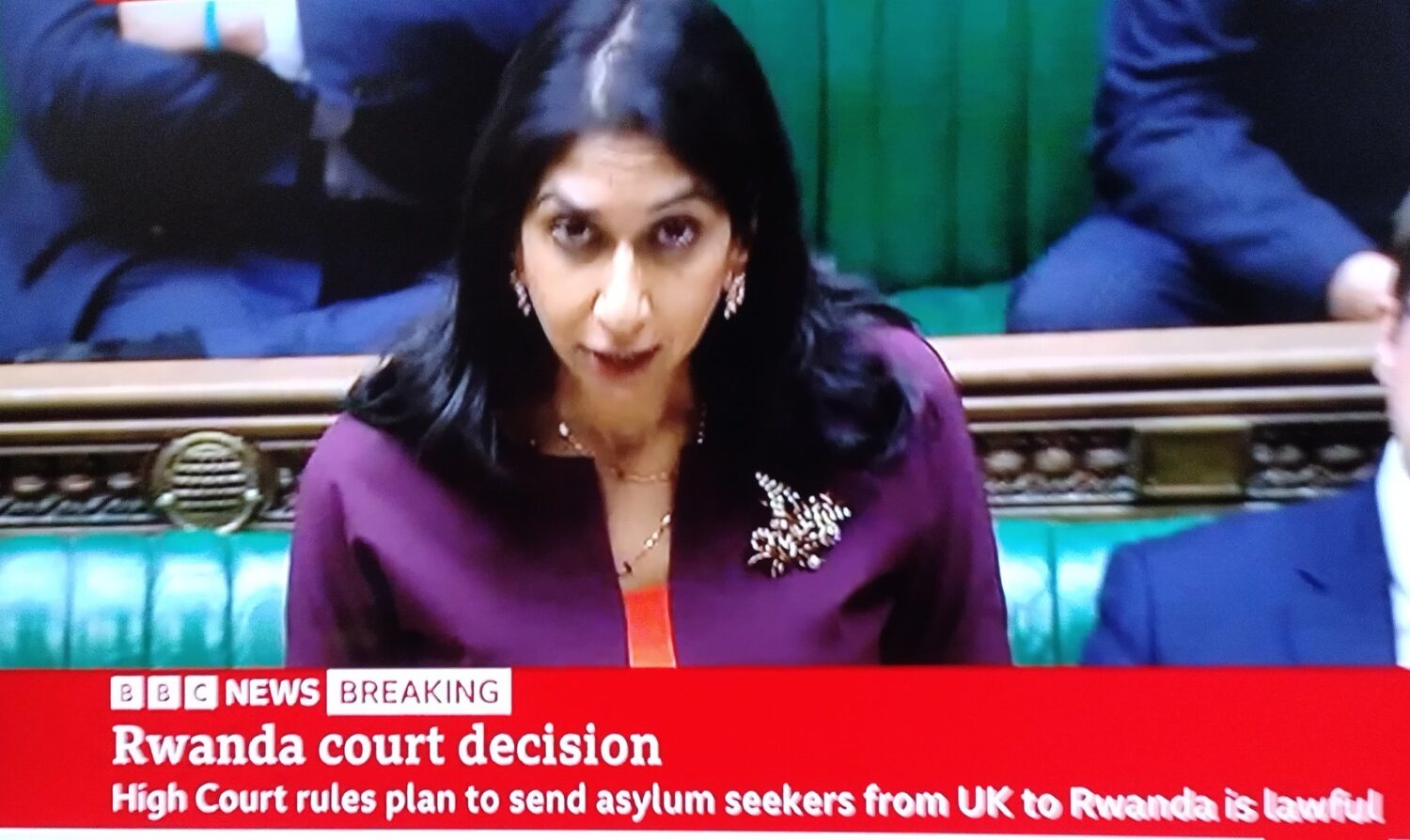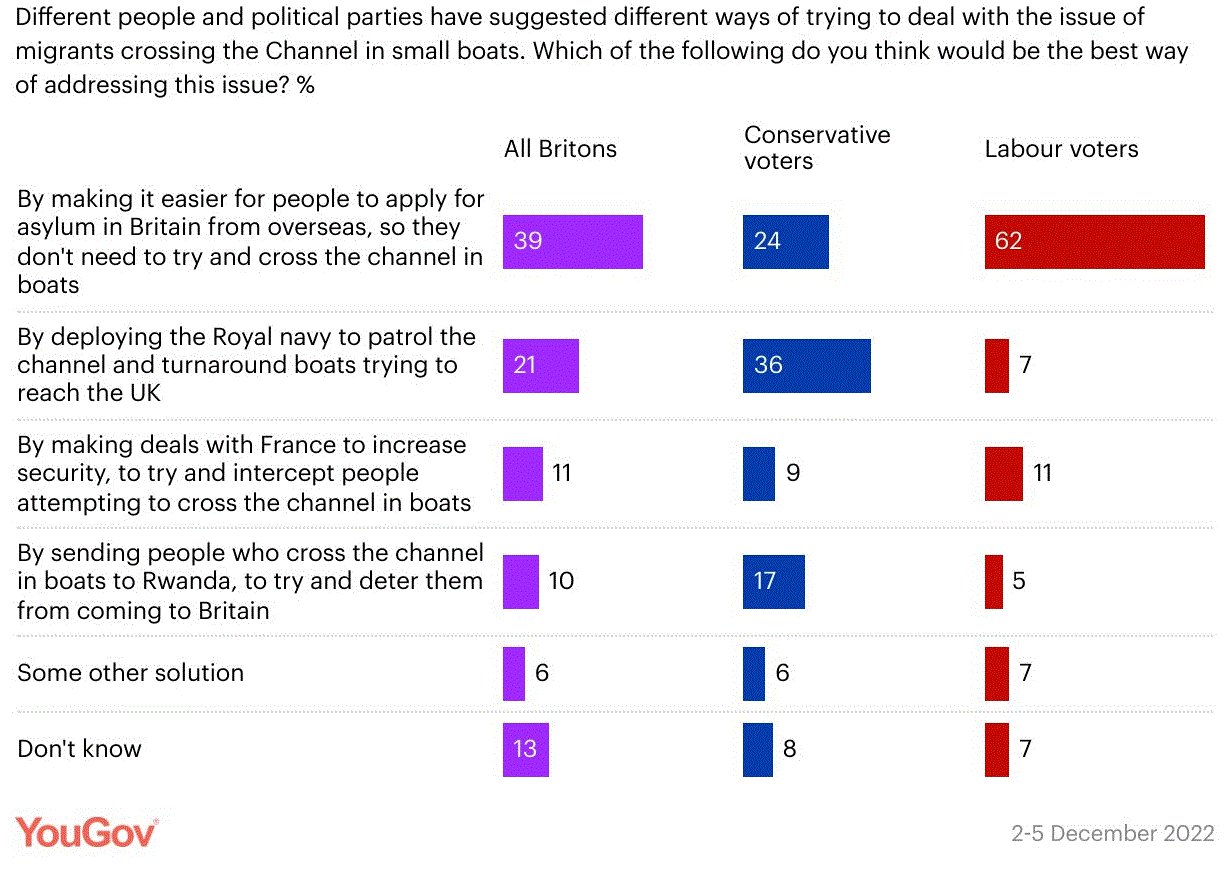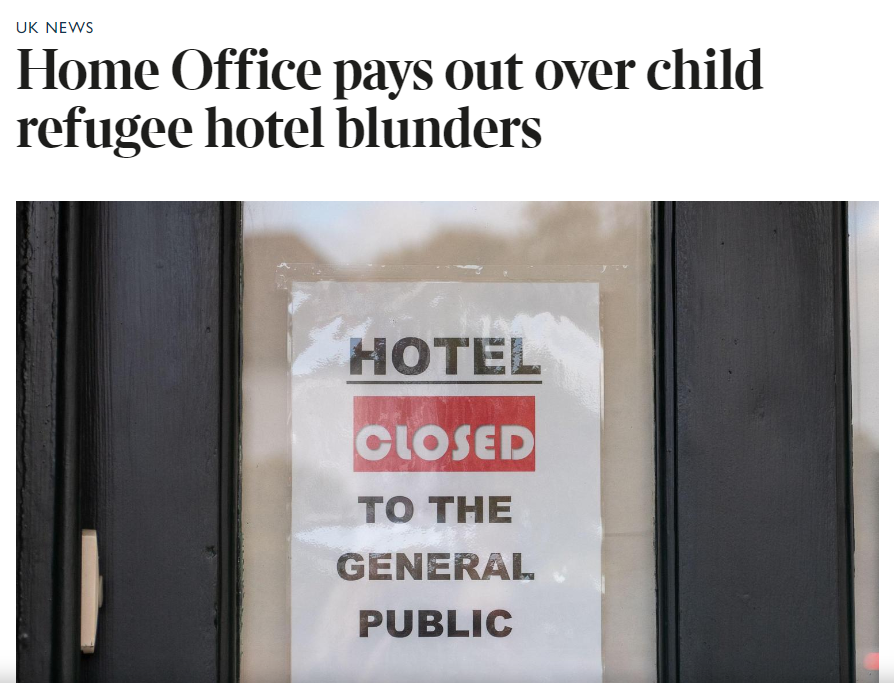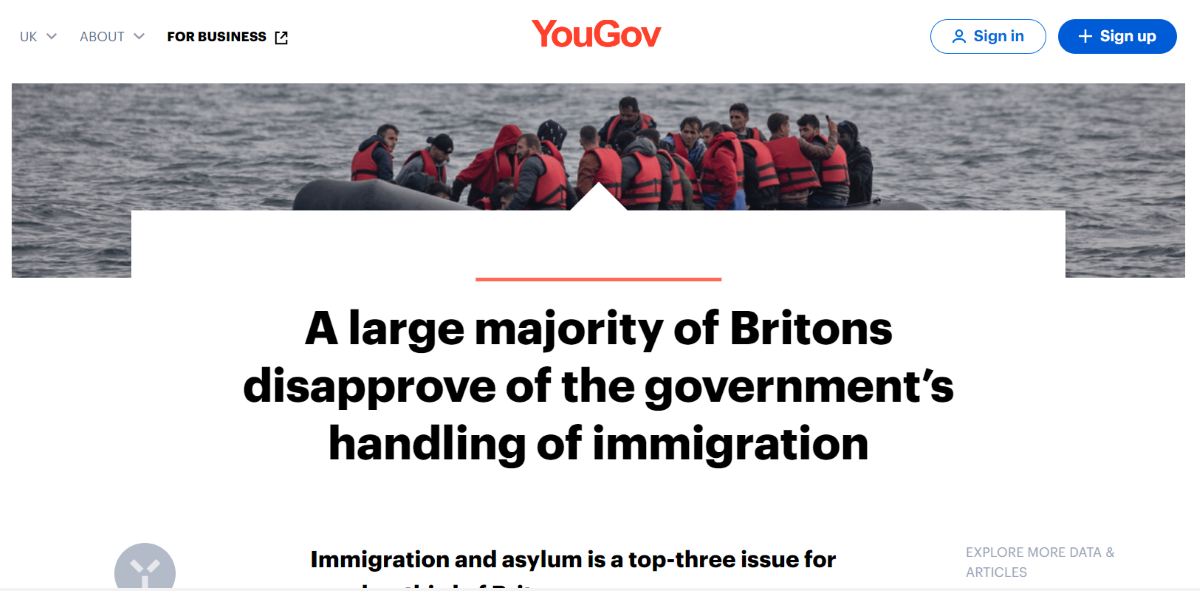
The High Court’s decision of 19 December 2022 has a number of severe ramifications, particularly for child protection, while also imposing limitations on the Rwanda policy which effectively make the government’s arguments for proceeding with it meaningless.
Why is it a child protection issue? Surely the government has said it won’t send unaccompanied children to Rwanda? That commitment only works if children are identified as children, and we are seeing a serious issue with incorrect age assessments classing them as adults.
Currently we are seeing children who have been incorrectly classed as adults placed into adult facilities. At present, some are then correctly identified and moved into local authority care. If they are sent to Rwanda, this correction won’t happen.
That means that the government can claim it is not going to send unaccompanied minors to Rwanda until it is blue in the face, but the reality is that, as things stand, it would be an almost inevitable outcome should they start deporting people.
Also as things stand, nothing precludes children being sent to Rwanda if they are with family members who are also being deported there. Indeed, it has already been reported that preparations are being made for children to be removed there.
Rwanda has been identified as both a source and transit country for human trafficking, to which children and refugees are particularly vulnerable. So, again, we see a serious risk the plan will lead to an escalation of child trafficking if it goes ahead.
It is still a big “if”, though, for the plan proceeding at all, not least because there are still, hopefully, legal options to be addressed.
One of the other factors which could stop it is actually something flagged in the court’s judgement. The policy has been pushed as a means to “clear the asylum backlog” and it has been repeatedly stated that asylum claims will be heard in Rwanda, not the UK. Today’s ruling made clear “the Home Secretary must consider properly the circumstances of each individual claimant”.
That means the likelihood is that the policy will actually slow down the already creaking asylum system, adding unnecessary additional costs for detention and legal challenges and getting bogged down to the point of pointlessness, all while leaving asylum seekers in limbo.
That’s not to say that the Home Office won’t try and speed things along for some asylum seekers so that they can make a big show of having a plane fly out in line with Braverman’s hideous dreams for Christmas. It’s just that when it comes to widescale implementation of the plan, the whole thing is rendered pointless.
So that’s one “practical” aspect up the spout. The next claim from the Home Office is that it will act as a “deterrent”. The problem is their own analysis, and experience, shows deterrents just don’t work. So, even as a threat, it’s unlikely to reduce channel crossings.
The plan is also fairly unpopular with the public, with more people seeing the opening of safer routes for people to seek asylum in the UK as the solution to reducing channel crossings. As a PR move it risks backfiring in two ways.

Firstly, by putting off the majority who disagree with it as a solution in the first place; and secondly, by inevitably doing seven eighths of bugger all to reduce channel crossings, causing those who support the plan to lose even more faith in the government’s ability to do anything.
The High Court may have ruled that the policy is legal. Legality aside, from a political standpoint the government would be better off quietly shelving the plan before it blows up in their face and ends up with media coverage not of reductions in the numbers of crossings, but of children being trafficked.
Based on a tweet by Daniel Sohege 🧡 (@stand_for_all) on 19/12/2022.







